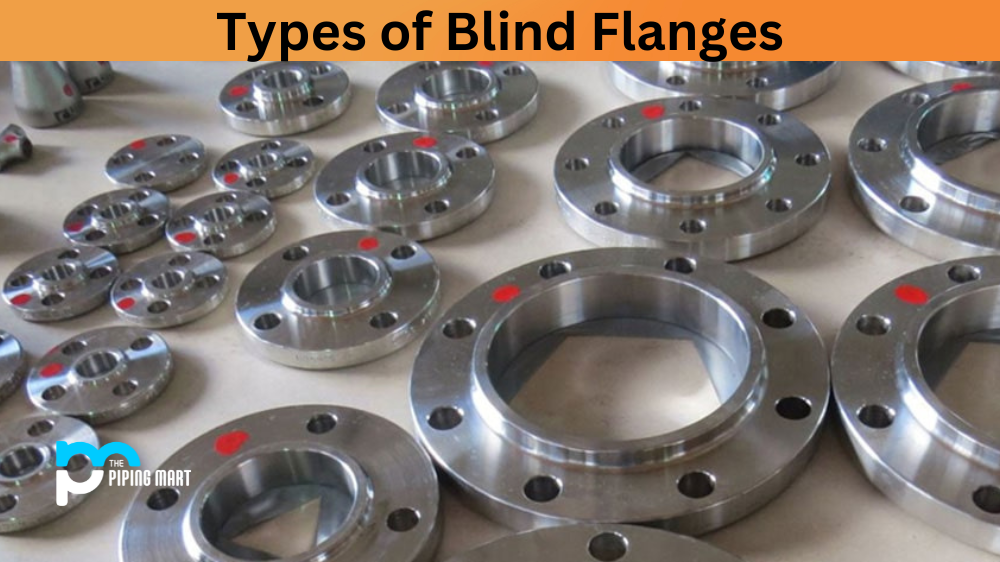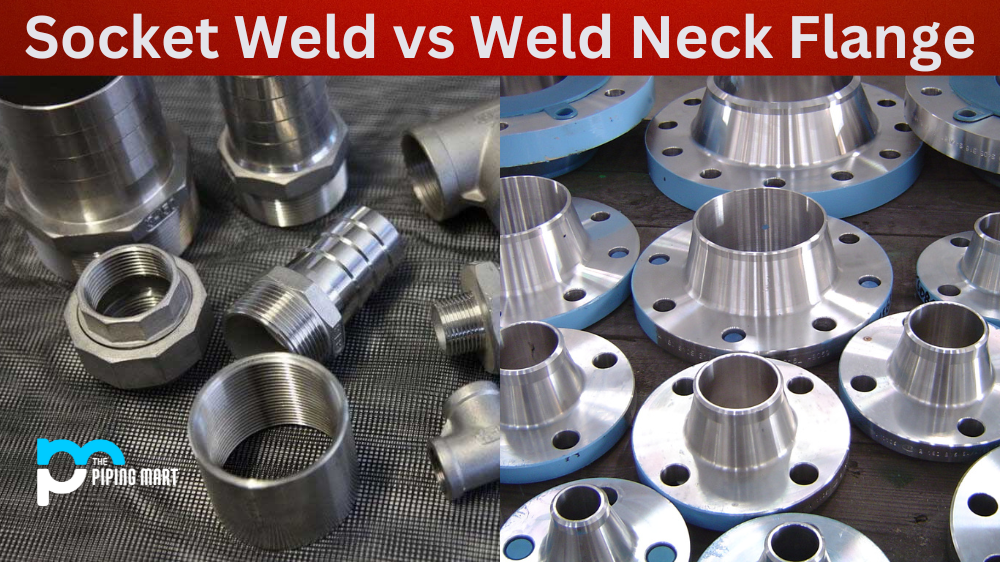When choosing the right flange for your piping system, it’s important to know the differences between the various flanges available. Two of the most commonly used flange types are lap joint flanges and raised face flanges. While both flanges have unique advantages and disadvantages, they are designed for different applications and should be chosen accordingly. In this blog post, we’ll explore the differences between lap joint and raised face flanges to help you make an informed decision.
What is Lap Joint Flange?
A Lap Joint Flange is a type of flange that uses a stub-end to join two pieces of pipes. This flange facilitates frequent dismantling and fastening without disturbing the piping system. Its components include two lap joint stub ends, one gasket, and four bolts that are aligned through the holes in the stub end. It can be used for applications where little or no pressure is created when connected and disconnected.
What is Raised Face Flange?
Raised Face Flange is a type of flange typically used in the pipeline industry. It has a raised, circumferential outer face around its port. This raised face allows for improved sealing capability and better structural strength over other flanges. It’s also commonly used as the mating surface for gaskets and bolting across two pipes or vessels when connecting them. Additionally, it serves as an attachment point to connect additional components, such as valves and pumps, for maximum efficiency and safety.
Difference Between Lap Joint Flange and Raised Face Flange
Design:
Lap joint flanges have a flat face, while raised face flanges have a raised surface that protrudes above the flange mating surface. Raised face flanges are designed to provide additional sealing when using a gasket. Lap joint flanges, on the other hand, are not intended to provide a seal and are often used in applications where the flange needs to be rotated, resulting in the joint being isolated from the flange face.
Materials:
Lap joint flanges are typically used in low-pressure applications and are made from stainless steel, aluminium, and brass materials. On the other hand, raised face flanges can be made from various materials, including steel, stainless steel, and plastic.
Installation:
Lap joint flanges are generally easier to install than raised face flanges since they are not required to align with the pipe or other flanges. The alignment is critical in raised face flanges, as any misalignment can cause the joint to fail. Lap joint flanges are also preferred when installation may require maintenance or repair in the future, as they allow for easy access to the piping system.
Cost:
Lap joint flanges are generally less expensive than raised face flanges due to the reduced manufacturing costs associated with their flat face design. Raised face flanges require more precise machining and more material, which makes them more expensive.
Applications:
Lap joint flanges are commonly used where the piping system involves frequent dismantling and assembly. Raised face flanges, on the other hand, are typically used in high-pressure and high-temperature applications where a tight seal is required.
Conclusion:
In summary, lap joint and raised face flanges have unique advantages and disadvantages. Lap joint flanges are easier to install and less expensive than raised face flanges, but they are not intended to provide a tight seal. Raised face flanges are designed for high-pressure and high-temperature applications and provide a reliable seal when used with a gasket. Ultimately, the choice between the two will depend on the specific requirements of your piping system and the environment in which it operates. By understanding the differences between these two flange types, you can make an informed decision and ensure the long-term reliability of your piping system.

Pipingmart is a B2B portal that specializes in metal, industrial and piping items. Additionally, we share the latest information and information about materials, products and various types of grades to assist businesses that are involved in this business.




